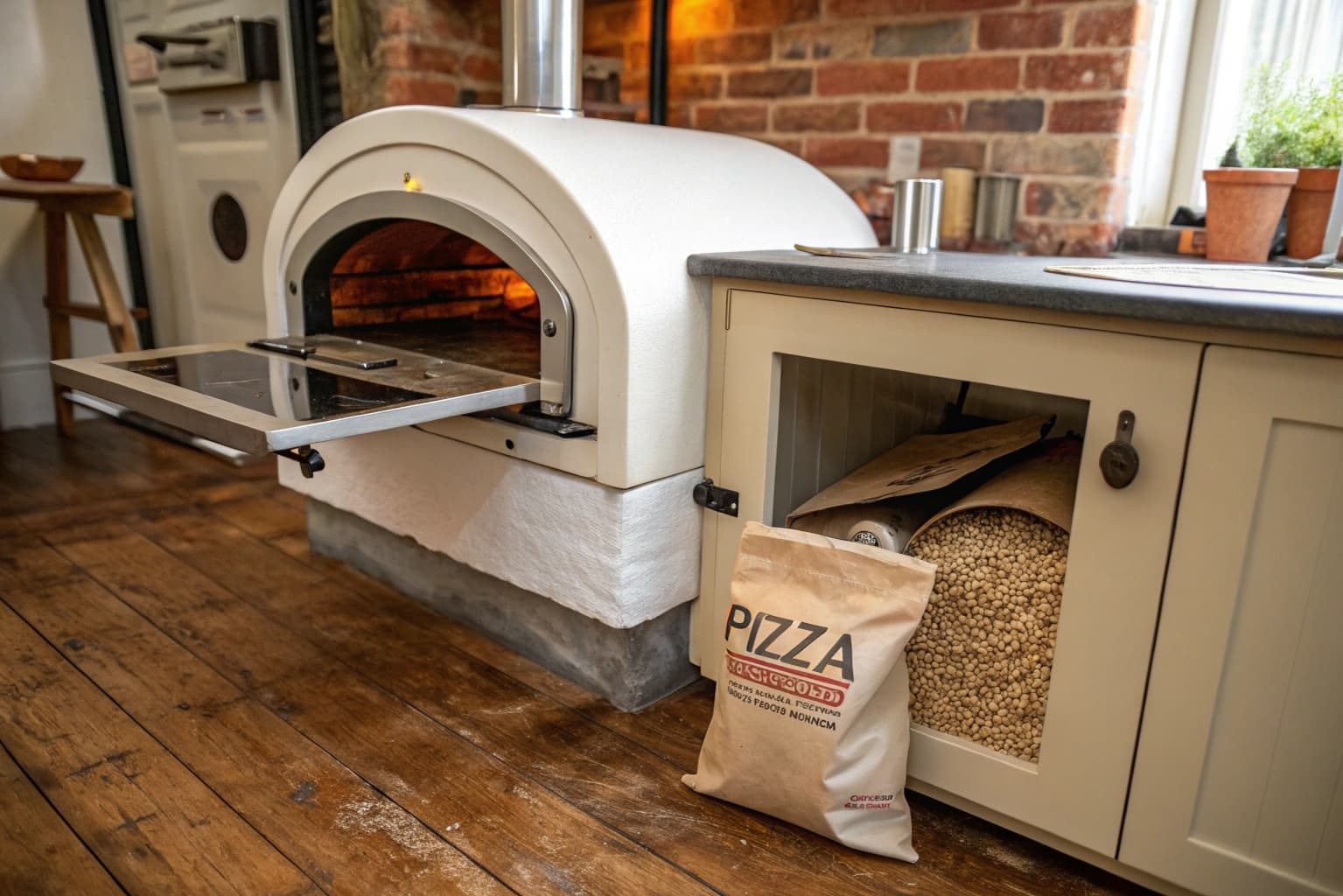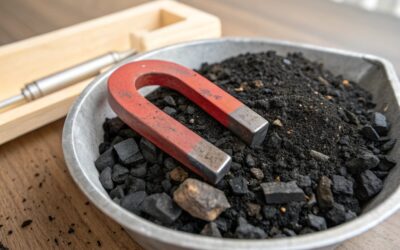In recent years, pellet-fired ovens have emerged as the preferred option for chefs, bakers, and gourmet pizzerias. Thanks to sustainability, technological control, and culinary quality, pellets are transforming bread and pizza baking into a modern experience without sacrificing traditional flavor.
But what is a pellet oven for pizza and bread? Does it really work? What results can you achieve compared to a wood-fired or electric oven?
What is a pellet oven for bread and pizza?
A pellet oven is an oven powered by compressed wood pellets , an environmentally friendly fuel derived from wood processing waste, completely natural and free of chemical additives.
These ovens use automatic pellet combustion to generate constant and controllable heat, ideal for cooking bread and pizza at high temperatures (up to 500°C).
The advantages of the pellet oven
- Quick start (often in less than 15 minutes)
- Maintaining a stable temperature
- Low environmental impact (CO2 neutral)
- Savings on fuel costs compared to wood
- Simplified cleaning and management
1. Even cooking and perfect crispiness
One of the main advantages is the even distribution of heat , which allows for a pizza with a well-aired crust and a crispy base , without uneven burning. The same principle applies to bread: a crispy crust and a soft crumb , just as peasant tradition dictates.
2. Precise temperature control
Thanks to the integrated digital thermostat , it is possible to precisely control temperatures, a fundamental feature for those who want to prepare highly hydrated doughs, long leavening times or more complex gourmet recipes.
3. Environmental sustainability
Pellets are a renewable energy source, with a lower environmental impact than fossil fuels. Furthermore, burning pellets produces lower CO₂ emissions and fewer residues than traditional wood.
4. Energy saving
Compared to electric or gas ovens, the pellet oven consumes less energy in the long term, reducing running costs for both domestic and professional use.
5. Ease of use
Many models are equipped with automatic ignition, timer, air regulation and other smart systems that make the oven intuitive even for non-experts .
Which pellet oven should I choose?
There are models on the market to suit every need:
- Portable pellet ovens , ideal for gardens, terraces or campers.
- Semi-professional models , perfect for those who want excellent results at home.
- Professional built-in or stand-alone ovens , designed for gourmet restaurants and pizzerias.
When choosing a pellet oven, it is important to evaluate:
- Thermal power and tank capacity
- The presence of a digital thermometer and integrated ventilation
- The quality of refractory materials
- Energy efficiency and environmental certifications
Concrete examples and results
- Bakery with Vesuvius CLM : industrial production of premium bread, automation and low emissions in customizable modular systems, with high baking uniformity and low operating costs.
- Pizzerias with VolcanoMatic : conversion from wood-fired oven to pellet oven with a 50% reduction in energy costs, with better temperature control and cooking consistency even during peak order seasons.
- Other retailers: Leroy Merlin – Agrieuro
A complete overview: pros and cons compared
| I wait | Pellet advantages | Potential Limitations |
|---|---|---|
| Ecology and sustainability | Reduced emissions, simplified cleaning | Requires certified pellets, ideal humidity |
| Energy efficiency | Fast turnaround times, low consumption | Requires electricity for control unit (digital models) |
| Cooking quality | Even heat, perfect crust | Some purists prefer real wood-fired ovens |
| Operational management | Automation, little manual intervention | Higher initial investment |
| Versatility | Also suitable for bread, meat, focaccia | Limited home models, low production |
Related questions
- Is it suitable for Neapolitan pizza at 450°C?
Yes: many models reach 400–450°C in 30–45 minutes, perfect for traditional Neapolitan pizza. - Is it cheaper than a traditional wood-fired oven?
The savings come from the fuel (more stable and less expensive pellets) and less maintenance, reducing costs by up to 50%. Calculate your savings here . - Do pellets affect the taste of pizza or bread?
Yes, but in a positive way: quality pellets (DINplus or ENplus certified) impart light, wood-like smoky notes without leaving burnt residue. - How much ash does it produce?
Very limited: cleaning is simpler and less frequent than with a wood-fired oven.
Conclusion
The gourmet trend of pellet-fired pizza and bread combines tradition and innovation, transforming cooking into a sustainable, controlled, and superior-quality process.
The pellet oven represents an evolution consistent with the times: sustainable, efficient, replicable . For those seeking high-quality cooking without the complexity of a wood-fired oven or the consumption of an electric one, it is a choice that combines tradition and innovation .
If you’re thinking of opening a pizzeria, renovating your bakery, or simply want to bring the aroma of artisanal bread into your home, consider a pellet oven as a modern investment that can deliver surprising results.







